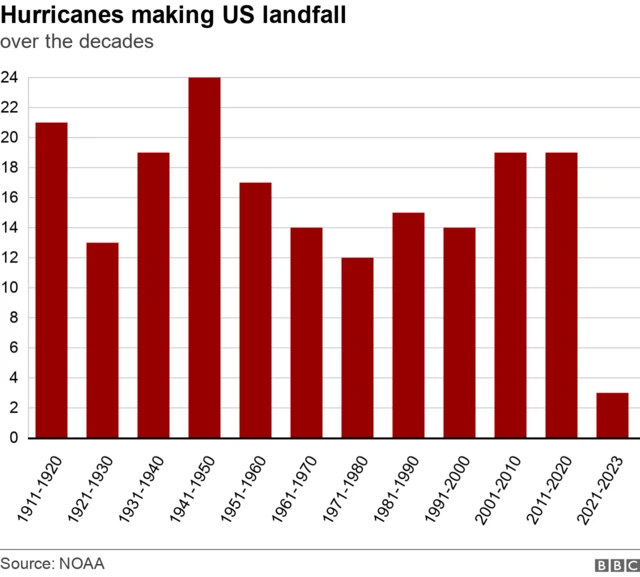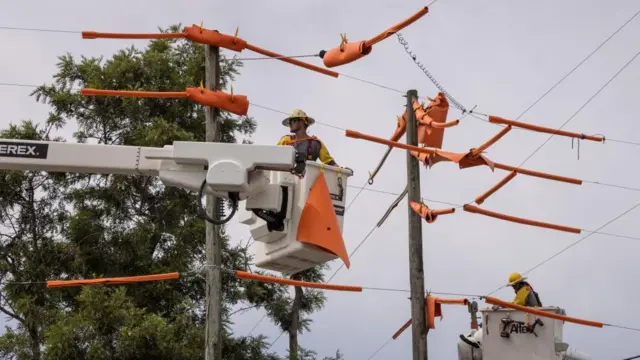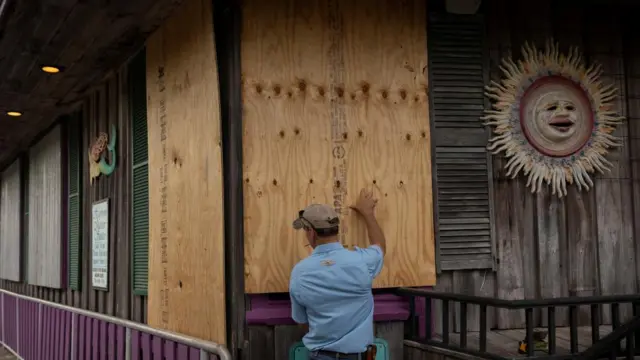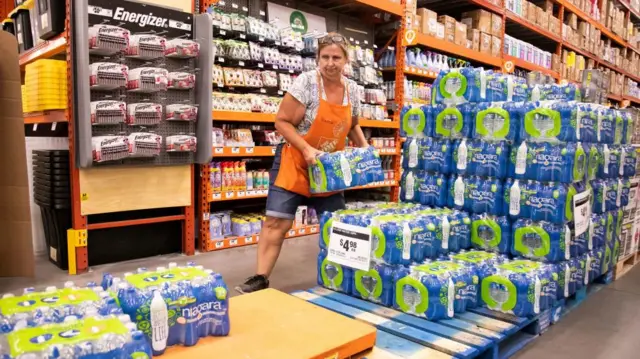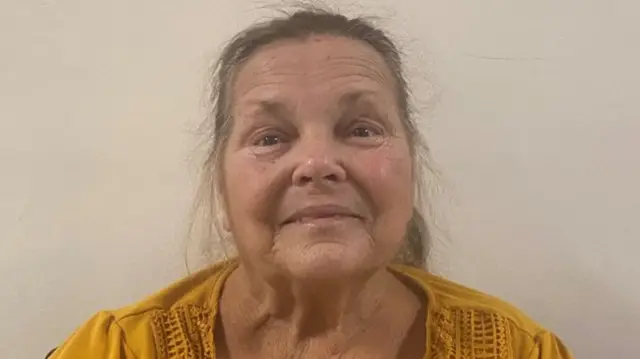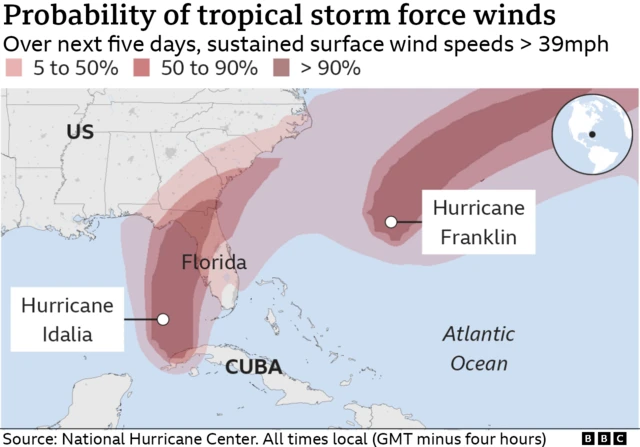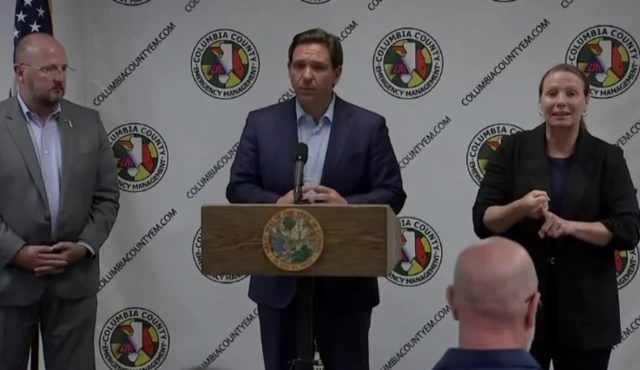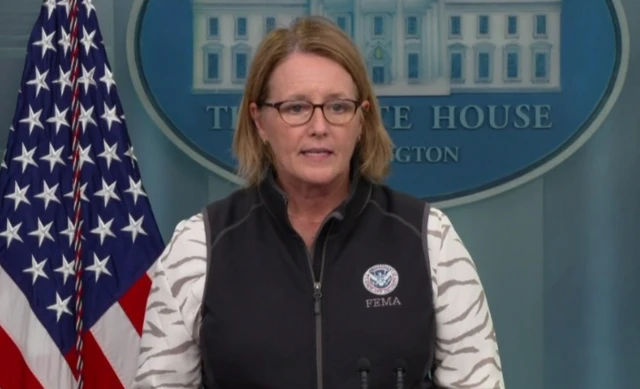Hurricane Idalia upgraded to Category 2published at 22:00 BST 29 August 2023Breaking
Idalia is now a Category 2 hurricane.
The National Hurricane Center has just upgraded the storm classification.
It says a life-threatening storm surge and hurricane conditions are expected along portions of the Gulf Coast of Florida tonight and Wednesday.
A Category 2 hurricane travels with winds of up to 110 mph (177 km/h) that can cause extensive damage.

